So, you’re thinking about getting a Teddy Guinea Pig, or maybe you already have one and want to ensure you’re giving them the best care possible? You’ve come to the right place. Teddy Guinea Pigs, with their unique fuzzy fur and endearing personalities, make fantastic pets. Let’s dive into everything you need to know to keep your little friend happy and healthy.
Teddy Guinea Pig Behavior and Temperament
Teddy Guinea Pigs are known for their inviting and easygoing nature. They are social creatures who thrive on interaction, both with their human companions and other guinea pigs. You’ll often find them chirping softly, exploring their surroundings, or snuggling up for a nap. Their gentle temperament makes them excellent pets, especially if you’re looking for a low-maintenance but affectionate companion.
Size and Growth of Teddy Guinea Pigs
Teddy Guinea Pigs typically grow to about 8 to 10 inches in length and weigh between 1.5 to 2.5 pounds. They reach their full size at around 6 months of age. Despite their relatively small size, they have big personalities and need ample space to explore and play.
Ideal Housing for Teddy Guinea Pigs
When it comes to housing your guinea pig, bigger is always better. Their cage will be their main exercise area unless you can let them out safely under supervision for most of the day.
For a single guinea pig, the cage should be at least 30 by 36 inches. If you have two guinea pigs, aim for a cage that’s at least 30 by 50 inches. Since guinea pigs don’t typically climb, a height of around 18 inches is sufficient. Cages with a plastic base and wire walls and top are ideal because they provide good airflow. However, avoid wire flooring as it can injure their feet.
Inside the cage, include a nest or a small shelter, which you can easily find at pet stores. Add some toys for play and chewing to keep your guinea pig entertained.
Place the cage in a spot away from drafts and direct sunlight. Avoid high-traffic areas with a lot of movement and loud noises, as these can stress your guinea pig.
Ideal Substrates for Teddy Guinea Pigs Habitat
Choosing the right substrate is crucial for your guinea pig’s comfort and health. Opt for paper-based bedding or fleece liners, as these are soft, absorbent, and easy to clean. Avoid cedar or pine shavings as they can harm your guinea pig’s breathing.
Diet: What Teddy Guinea Pigs Eat and Drink
Teddy guinea pigs thrive on a plant-based diet. The cornerstone of their nutrition is unlimited access to timothy hay, which aids in digestion and helps wear down their ever-growing teeth. You can place the hay in a special feeder called a hayrack or simply lay it in an accessible spot in their enclosure.
In addition to hay, provide a commercial pelleted guinea pig diet. Ensure the pellets are fortified with vitamin C, as guinea pigs cannot produce this vitamin themselves. Follow the feeding instructions on the package and consult your vet to confirm the appropriate amount. Use a small ceramic bowl for the pellets, filling it with a day’s worth in the morning. Discard any uneaten food before refilling it the next day.
Supplement their diet with fresh fruits and vegetables. The quantity can vary depending on factors like size, age, and activity level, so it’s best to consult your vet. Good options are kale, carrots, zucchini, and blueberries.
Always ensure your guinea pig has access to clean water. A water bottle attached to the enclosure is ideal for keeping it sanitary. However, until you’re certain your guinea pig is using the bottle, also provide a small water dish. Refresh the water daily to keep it clean.
Common Health Concerns in Teddy Guinea Pigs
Even with the best care, Teddy Guinea Pigs can experience health problems. Here are some common issues to watch out for:
- Respiratory diseases: Signs include sneezing, coughing, and labored breathing. Clean their cage regularly and keep it dust-free to prevent infections.
- Skin parasites: Mites and lice can cause itching and hair loss. Regular grooming and vet check-ups can help prevent infestations.
- Dental issues: Overgrown teeth can lead to eating problems. Provide plenty of hay and chew toys to keep their teeth trimmed.
- Eye issues: Watch for redness or discharge, which could indicate an infection. Clean their habitat regularly to reduce the risk.
- Tumors: Any unusual lumps should be checked by a vet immediately.
- Bumblefoot: This painful condition is caused by poor cage hygiene. Ensure the bedding is clean and dry.
- Scurvy: Guinea pigs cannot produce vitamin C, so their diet must include sufficient amounts. Fresh veggies and vitamin C supplements are essential.
- Bladder stones: Ensure your guinea pig stays hydrated and feed a diet low in calcium to prevent stones.
How to Litter Train Your Teddy Guinea Pig
Litter training a Teddy Guinea Pig requires patience but is definitely achievable. Place a litter box in their cage with a different substrate than the rest of the cage. Observe where they typically relieve themselves and move the litter box to that spot. Reward them with a treat when they use the box correctly.
Exercise Importance for Teddy Guinea Pigs
Teddy Guinea Pigs need daily exercise to stay healthy. Allow them time outside their cage in a secure, guinea pig-proof area. Interactive toys and tunnels can encourage movement and play. Remember, a bored guinea pig can become unhealthy, so keep their environment stimulating.
Grooming Tips for Teddy Guinea Pigs
Their dense, curly fur requires regular grooming to prevent mats and tangles. Brush your Teddy Guinea Pig at least twice a week with a soft-bristle brush. Bathing should be minimal, as over-bathing can dry out their skin. Regular nail trimming is also essential to prevent overgrowth and discomfort.
Cost of Care and Maintenance for Teddy Guinea Pigs
Owning a Teddy Guinea Pig involves ongoing costs. Budget for high-quality food, bedding, and regular vet visits. Initial setup costs for a cage and accessories can be significant, but once you have everything in place, monthly expenses are relatively low.
Pros and Cons of Owning a Teddy Guinea Pig
Pros:
- Affectionate and social
- Easy to care for
- Great for small living spaces
Cons:
- Requires regular grooming
- Needs a companion for socialization
- Lifespan of 5-7 years means a long-term commitment
Exotic Pets Similar to Teddy Guinea Pigs
If you’re interested in other small exotic pets, consider:
- Skinny Pigs: Hairless guinea pigs with unique appearances.
- Chinchillas: Fluffy and playful, but require a dust bath.
- Degus: Social and active, but need a lot of space.
Buying or Adopting a Teddy Guinea Pig
When deciding to bring a Teddy Guinea Pig into your home, consider adopting from a shelter or rescue. If buying from a breeder, ensure they are reputable and prioritise the health and welfare of their animals. Avoid pet stores that may source from unethical breeders.
Breeding and Reproduction Information
Breeding guinea pigs should only be done by experienced individuals. It requires knowledge about genetics, health risks, and proper care. Female guinea pigs have a high risk of complications during pregnancy and birth, so it’s best left to the professionals.
In conclusion, caring for a Teddy Guinea Pig can be incredibly rewarding. With proper care, a balanced diet, regular exercise, and lots of love, your furry friend will thrive and bring joy to your life. So, are you ready to embark on this delightful journey with your new companion? Let’s make sure your Teddy Guinea Pig feels right at home! Happy reading!
Please do not hesitate to contact us if you have any questions or require further information.


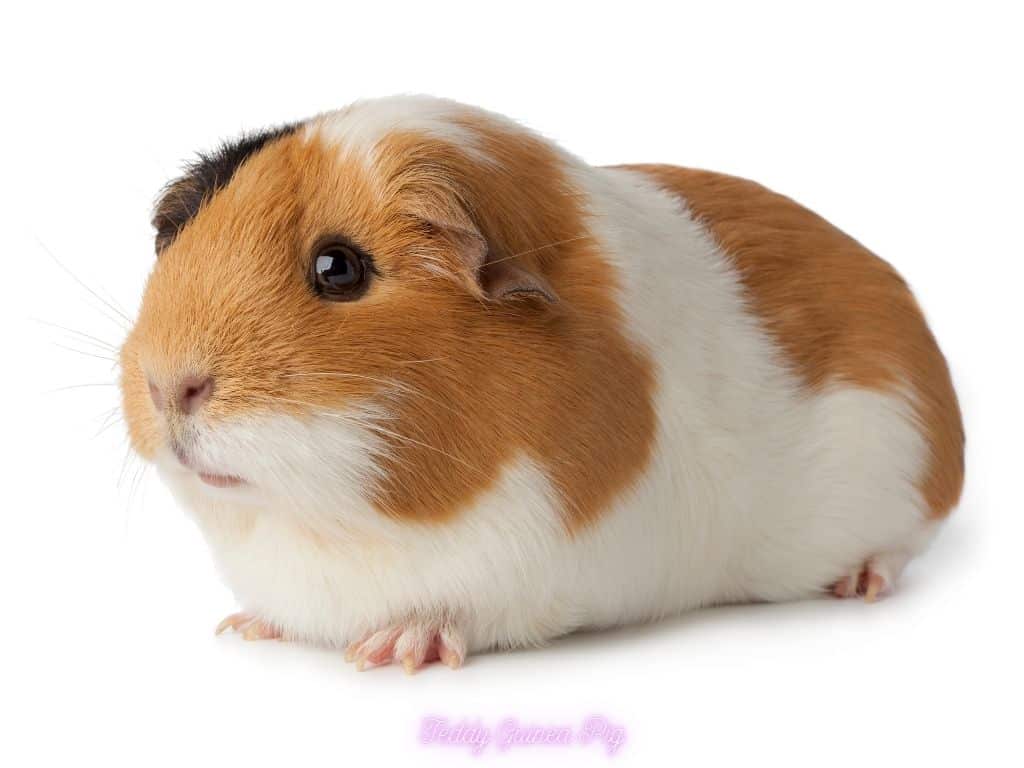

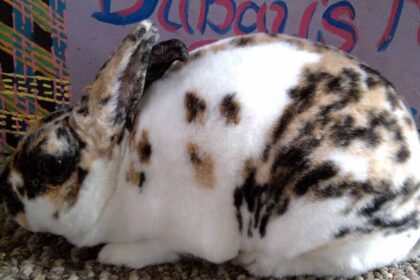
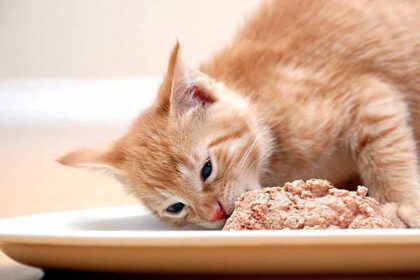
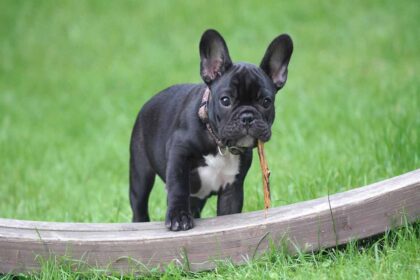
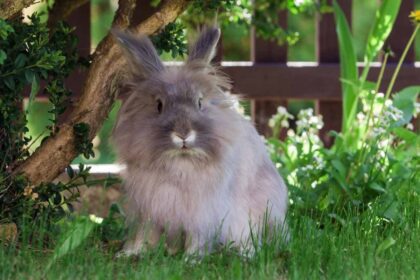


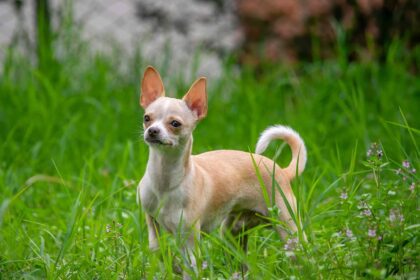



Comments are closed.